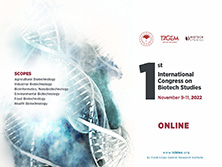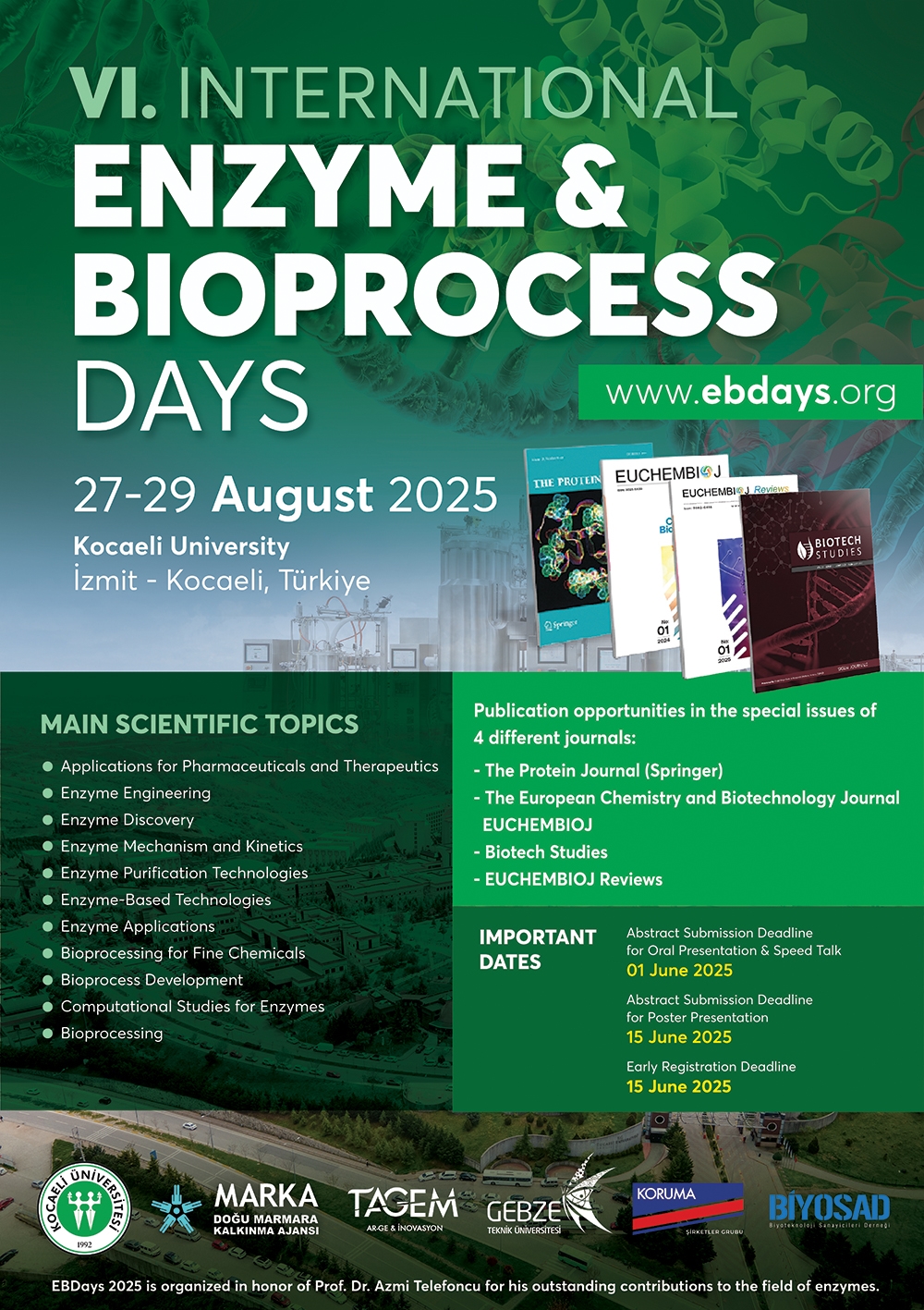A STUDY ON VARIOUS VITAMIN, MINERAL CONTENTS, PROTEIN ELECTROPHORETIC CHARACTERISTICS AND STARCH BIREFRINGENCE PROPERTIES OF BULGURS PRODUCED FROM VARIOUS WHEAT VARIETIES BY USING DIFFERENT METHODS
2 Doç. Dr. Hacettepe Ü. Müh. Fak. Gıda Müh. Bl.
3 Prof. Dr. A.Ü. Ziraat Fak.Gıda Bil.ve Tek. Bl. - In this study one bread wheat and four durum wheat samples were cooked either on a hot plate or in an autoclave and cooked samples were dried by two different methods (sun drying in thin layers and drying in air circulation oven) and processed into bulgur.
During bulgur processing, the protein contents of the samples did not change to a great extent, but the decrease in ash content was significant (P > 0.05). The decreases in riboflavin and thiamin contents during bulgur production were found to be significant. Riboflavin content was affected from the drying method, but thiamin content was affected from the cooking method. Although Fe, Cu and Zn contents were not affected; Mn, Ca and Mg contents decreased significantly during bulgur processing (P > 0.05).
The relative intensity of protein bands which were found in the electrophoregrams of bulgur samples were much lower than the protein bands in electrophoregrams of corresponding wheats. Brightfield and polarized light microscopic examinations showed that some of the starch granules of bulgur samples retained their birefringence properties. Retention of birefringence indicated that starches did not gelatinize completely, although they were cooked completely.
Keywords : Bulgur; electrophoregram; birefringence; gelatinize vitamin and mineral contents















